Plant Structure and function -> eight planets
EIGHT PLANETS
The eight planets in our solar system are Mercury, Venus, Earth, Mars, Jupiter, Saturn, Uranus, and Neptune. These planets orbit around the Sun due to the force of gravity. They vary in size, composition, and characteristics.
Mercury
Mercury is the closest planet to the Sun and the smallest planet in our solar system. It has a rocky surface and no atmosphere to speak of.
Venus
Venus is often called Earth's "sister planet" due to its similar size and composition. However, it has a thick atmosphere that traps heat, making it the hottest planet in the solar system.
Earth
Earth is the only planet known to support life. It has a diverse range of ecosystems and is the only planet with liquid water on its surface.
Mars
Mars is often called the "Red Planet" due to its reddish appearance. It has a thin atmosphere and evidence of ancient water flows on its surface.
Jupiter
Jupiter is the largest planet in the solar system and is known for its iconic Great Red Spot, a massive storm. It is a gas giant with no solid surface.
Saturn
Saturn is known for its beautiful ring system, made up of ice particles and debris. It is also a gas giant like Jupiter.
Uranus
Uranus is an ice giant with a unique feature - it rotates on its side. It has a bluish-green color due to the presence of methane in its atmosphere.
Neptune
Neptune is the farthest planet from the Sun and is also an ice giant. It has the strongest winds in the solar system and is known for its deep blue color.
Study Guide
- What are the eight planets in our solar system?
- Which planet is closest to the Sun?
- Which planet is known as Earth's "sister planet"?
- Which planet is the largest in the solar system?
- Which planet has a ring system?
- Which planet is the only one known to support life?
- Which planet rotates on its side?
- Which planet is the farthest from the Sun?
Studying the eight planets can provide a fascinating insight into the diversity of our solar system and the characteristics of these celestial bodies. Good luck with your studies!
.◂Science Worksheets and Study Guides Fourth Grade. Plant Structure and function

 Worksheet/Answer key
Worksheet/Answer key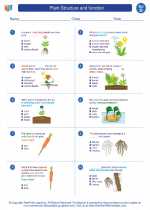
 Worksheet/Answer key
Worksheet/Answer key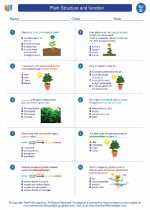
 Worksheet/Answer key
Worksheet/Answer key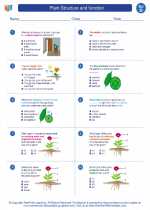
 Vocabulary/Answer key
Vocabulary/Answer key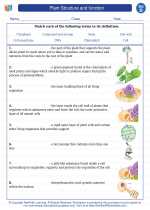
 Vocabulary/Answer key
Vocabulary/Answer key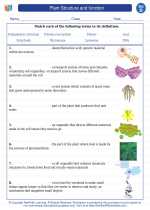
 Vocabulary/Answer key
Vocabulary/Answer key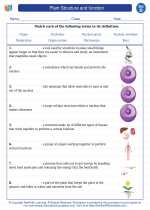
 Vocabulary/Answer key
Vocabulary/Answer key
